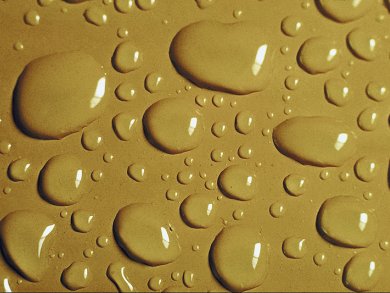James Dickerson and colleagues, Vanderbilt University, Nashville, USA, have reported a method to make a freestanding film of graphene oxide and alter its surface roughness. The team used electrophoretic deposition of the graphene oxide from an aqueous solution. Changing the pH of the solution and deposition voltage allowed control over the microstructure of the deposited graphene.
Two microstructures were formed: a smooth “rug” microstructure on the anode and a porous “brick” microstructure on the cathode. Measurements of water contact angle revealed the brick films (79°) to be more hydrophobic than the rug films (41°), leading to water run-off from the brick surface and wetting of the rug surface. Use of a sacrificial layer formed free-standing graphene oxide films that could be applied to arbitrary surfaces for purposes such as self-cleaning, reduced friction or corrosion protection.
- Transferable Graphene Oxide Films with Tunable Microstructures
S. A. Hasan, J. L. Rigueur, R. R. Harl, A. J. Krejci, I. Gonzalo-Juan, B. R. Rogers, J. H. Dickerson,
ACS Nano 2010, 4(12), 7367–7372.
DOI: 10.1021/nn102152x




